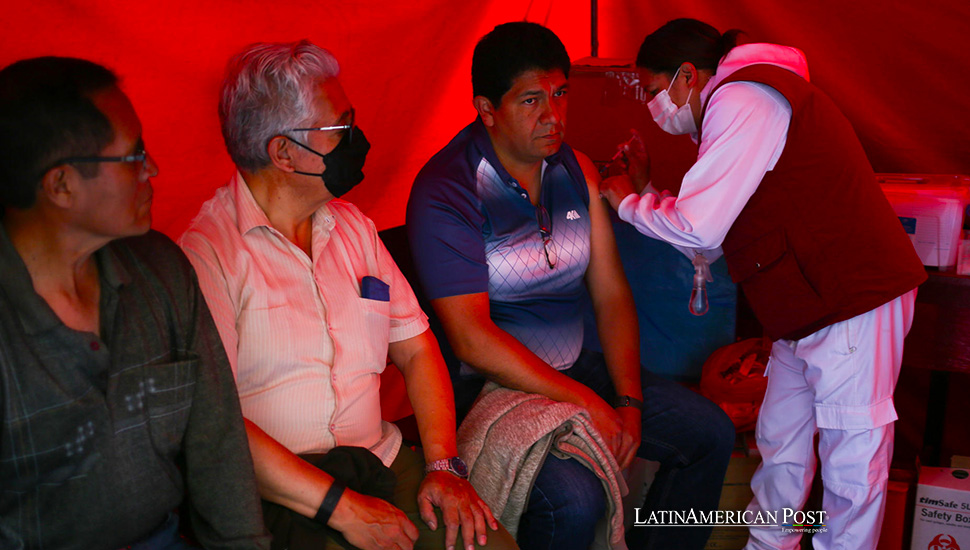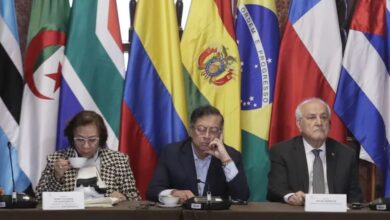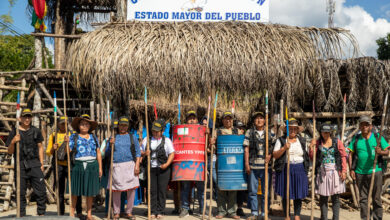Bolivia’s Battle Against Seasonal COVID-19 Outbreaks is A Year-Round Challenge

In a strategic response to the evolving landscape of the COVID-19 pandemic, Bolivia’s health authorities have forecasted two annual “outbreaks” of the virus. These recurrent surges during the southern winter and year-end have become integral to the nation’s public health outlook.
Bolivia’s Strategic Approach to Pandemic Challenges
The Minister of Health and Sports, María Renée Castro, revealed this strategic approach, emphasizing its foundation in thorough epidemiological and genomic surveillance. This proactive stance reflects Bolivia’s commitment to effectively navigating the pandemic’s waves.
Minister Castro explained that the shift from referring to these events as “waves” to “outbreaks” signifies a new understanding of the virus’s behavior. Instead of cyclical surges, Bolivia now anticipates regular outbreaks—one at the close of each calendar year and another at the beginning of the following year. This pattern corresponds with elevated respiratory infections during the colder months, typically commencing in June.
The Bolivian winter season brings an upswing in acute respiratory infections, including influenza, respiratory syncytial virus, and COVID-19. These converging respiratory threats necessitate heightened vigilance and enhanced public health measures to safeguard vulnerable demographics.
Projecting Future Outbreaks: A Biannual Pattern
According to Minister Castro, this biannual outbreak pattern is projected to persist not only in the present year but also in 2025, 2026, and 2027. Bolivia’s health authorities recognize the significance of adapting strategies for long-term resilience in the face of these recurring challenges.
In light of these predictable outbreaks, Bolivia underscores the importance of strengthening biosecurity measures and vaccination campaigns. These interventions are pivotal in curbing transmission and minimizing severe outcomes, particularly among children, pregnant women, older adults, and individuals with chronic illnesses.
Minister Castro emphasized the national government’s commitment to securing and distributing vaccine supplies across the country’s nine regions. The availability of pediatric vaccines for children aged 5 to 11 and adult vaccines underscores Bolivia’s dedication to comprehensive immunization efforts.
Government Commitment: Securing and Distributing Vaccine Supplies
Minister Castro pleaded for collective responsibility, urging the population to participate actively in vaccination campaigns. Accessible vaccination centers are equipped to serve both pediatric and adult populations, ensuring widespread coverage.
Reinforcing the urgency of these measures, Minister Castro highlighted an 80% increase in COVID-19 cases during the previous week compared to the final week of 2023. This surge is a part of the ongoing outbreak that began in late December.
Alarming Statistics: Cases, Fatalities, and Regional Impact
Preliminary data indicates a total of 3,473 confirmed cases, marking an increase of 1,540 cases compared to the last week of 2023. The highest concentration of cases occurred in Santa Cruz, Bolivia’s largest region, reporting 2,497 cases. Tragically, two fatalities were also recorded, one in Santa Cruz and the other in La Paz.
Since the commencement of vaccination efforts in 2021, over 16 million vaccine doses have been administered to a population exceeding 10.2 million eligible individuals. Bolivia declared an end to the COVID-19 health emergency in August of the previous year, lifting several health-related restrictions.
Also read: Bolivia’s Monumental Cocaine Seizure: Uncovering the Hidden Drug Trade Routes
The nation has weathered six waves of the COVID-19 pandemic since the first reported cases in March 2020. While challenges persist, Bolivia’s commitment to adaptive strategies and protective measures remains unwavering, ensuring the ongoing fight against COVID-19 outbreaks, regardless of the season.




